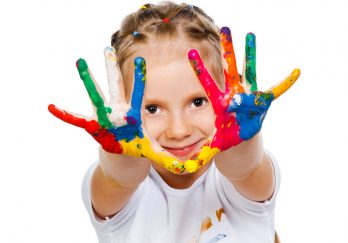When you think about nutrition for your children, you are probably most concerned about limiting sugar and ensuring that your children are maintaining healthy weights. Even though your child’s bone health has probably not made it to the top of your list of concerns, this is the single most important time in your child’s life for building healthy bones. In fact, almost all of their bone mass is built by the end of their teenage years. The bone built during these beginning years will be used throughout the rest of their lives.
Nutritious Yet Delicious Foods
Now that you know just how important it is to focus on your children’s bone health, you may be wondering how they can ensure their bodies have what they need to create stronger and more resilient bones. Your first concern will certainly be nutrition. The most important vitamins include vitamin D and vitamin K. Of course, many minerals are also vital, with calcium and magnesium quickly coming to the forefront of the nutrition discussion.
Most parents know about the importance of calcium, but your children may not be interested in eating many naturally calcium-rich foods, such as cheese, yogurt, and leafy greens. Thankfully, many foods that kids do love, such as breakfast cereals, milk, and juice, are typically fortified with calcium along with vitamin D, which is necessary for your children’s bodies to make full use of the calcium they consume.
Physical Activity & Exercise
However, while good nutrition is vital for the growth of healthy bones throughout childhood, regular physical activity also plays a major role. High-impact exercises that put plenty of pressure on the bones actually help the bones grow stronger. Encourage energetic games and sports, particularly those that include jumping, such as jump rope, basketball, and volleyball. Even a high-energy family dance party counts as a bone-building exercise.
In addition to these tips, you will also want to encourage your child to stay away from soda and processed foods. Consuming these foods and drinks will actually strip bone material as the body will use bone cells to get the nutrients it needs. Instead, focus on good fats, such as avocados and nuts.
Kids 1st Pediatrics is here to help your child stay strong and healthy all the way through the teenage years. Schedule an appointment today for an annual physical or to discuss any concerns that you may have about your child’s health.




